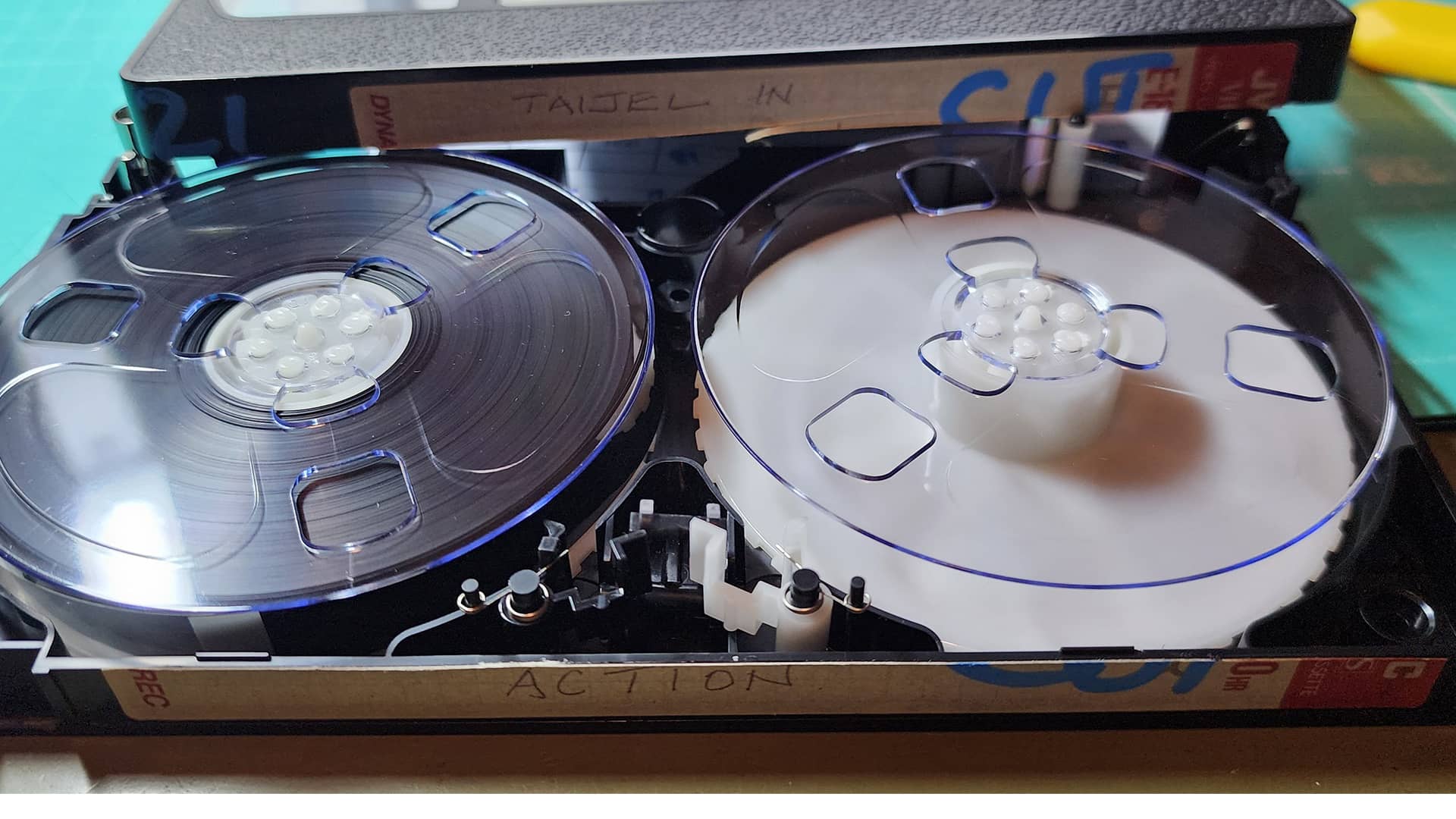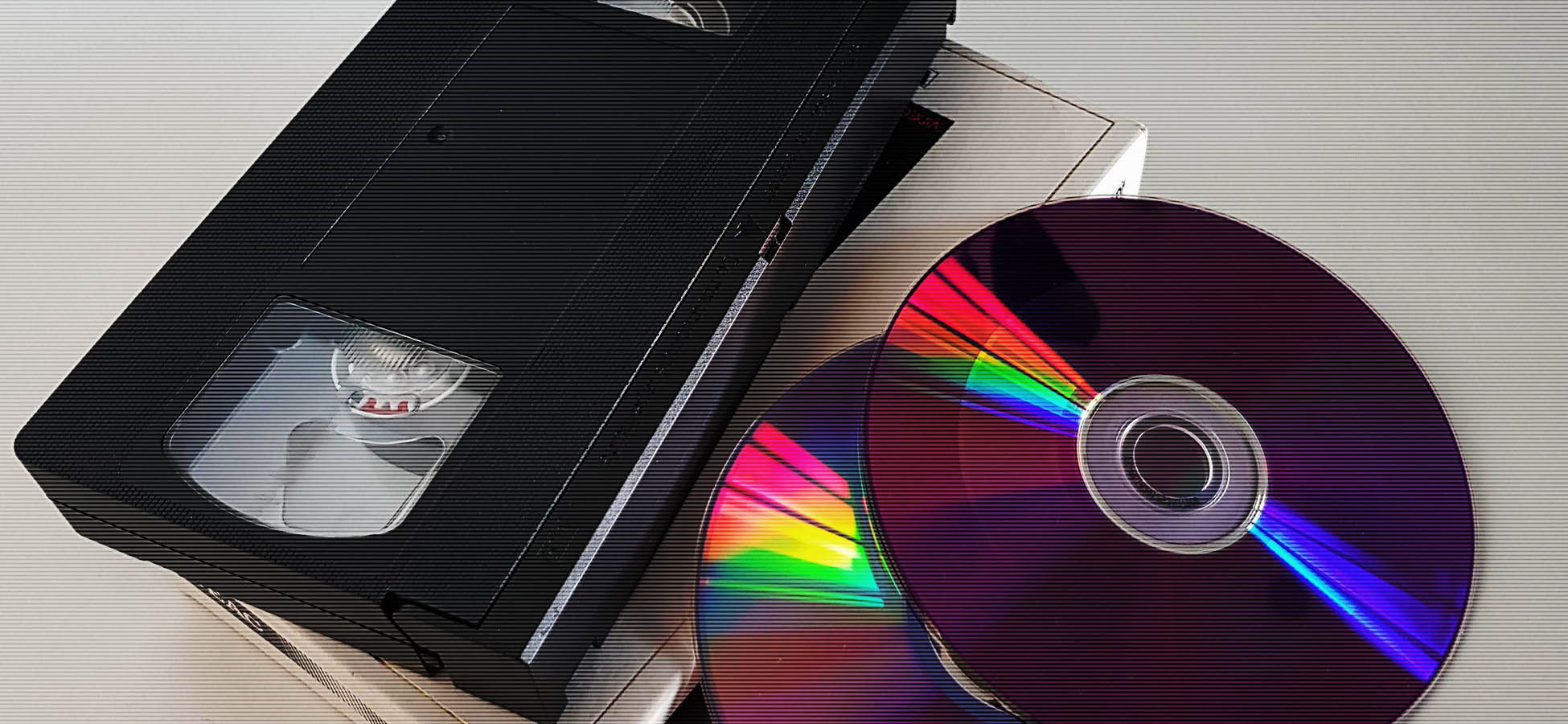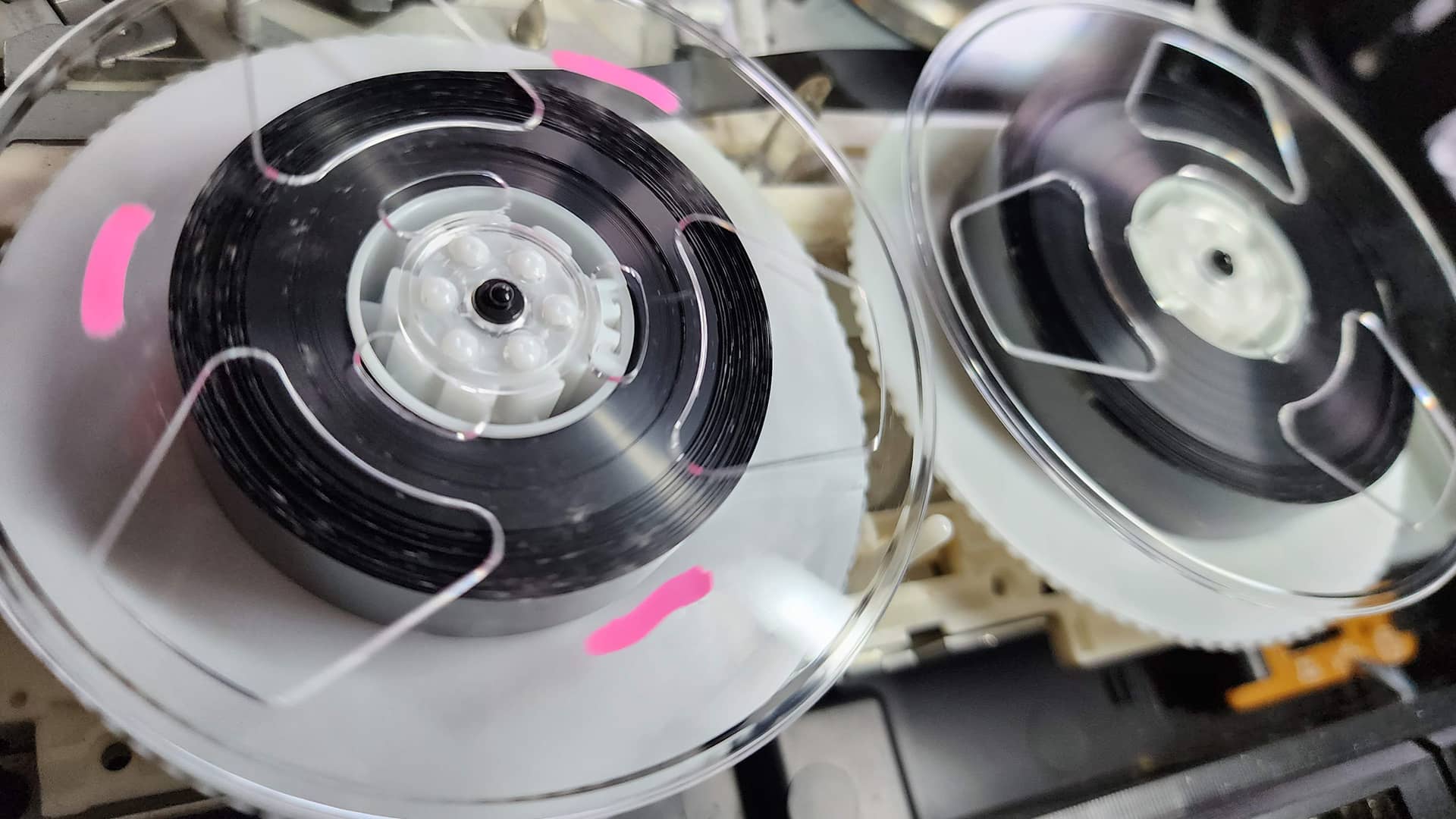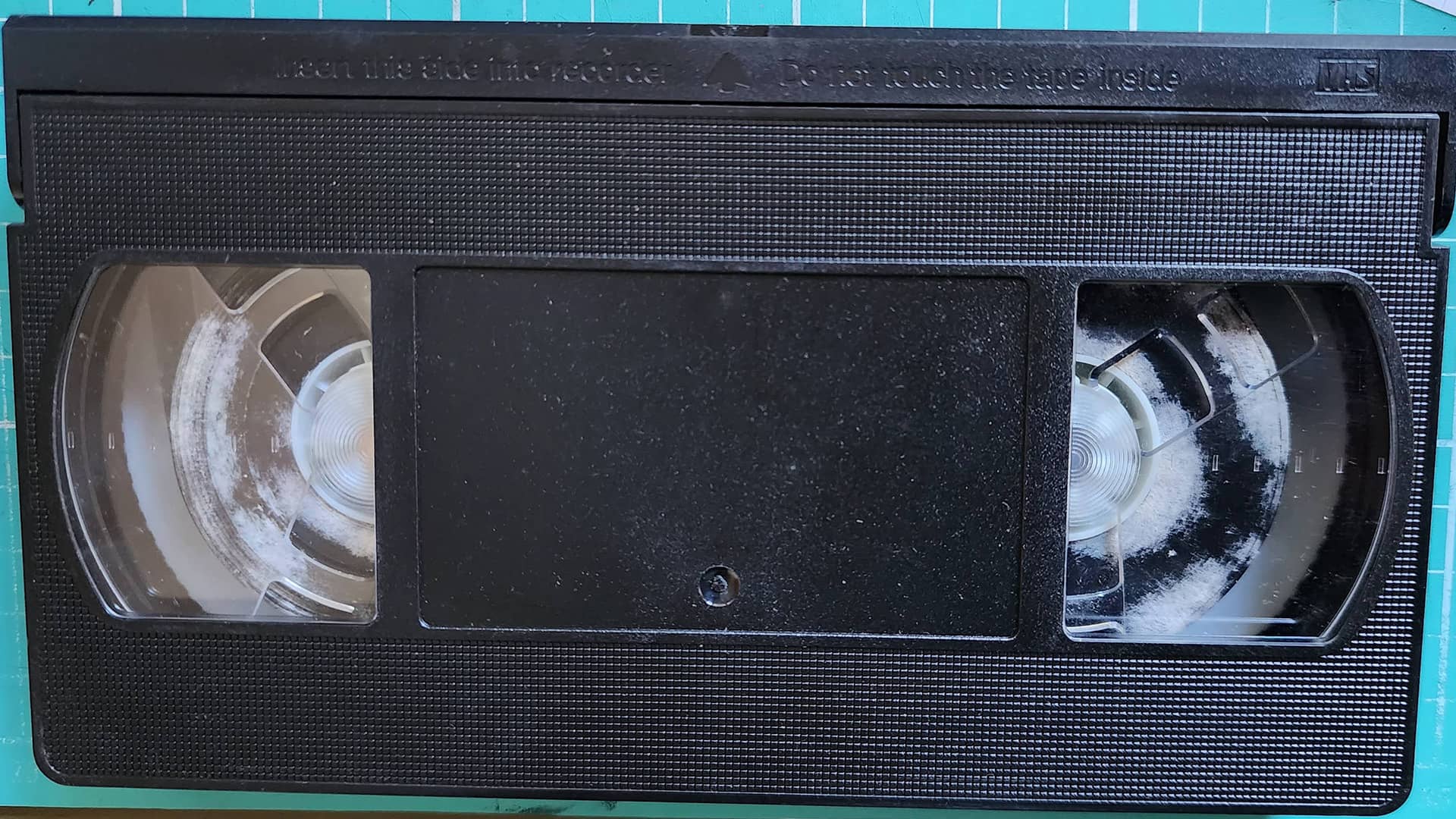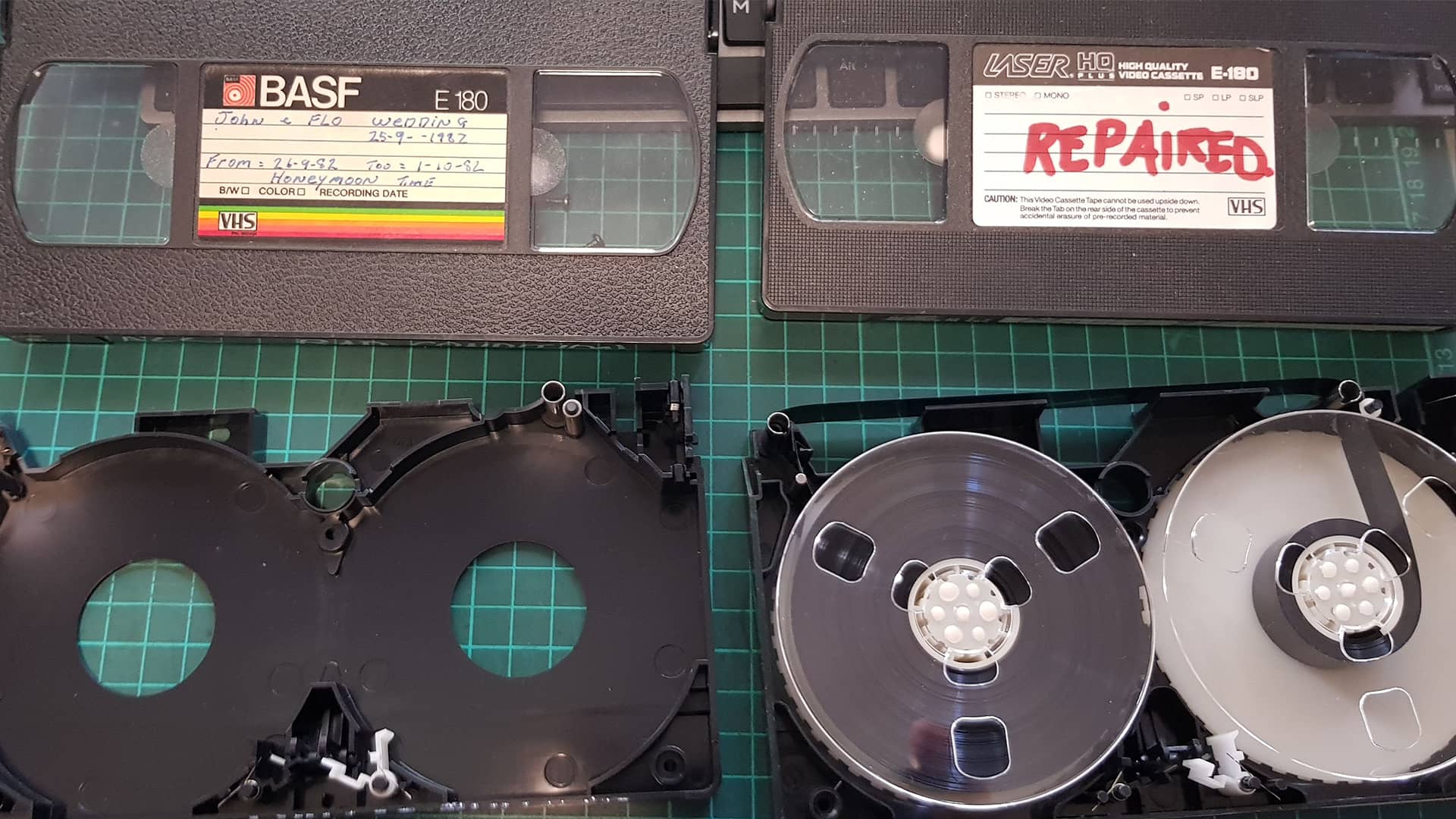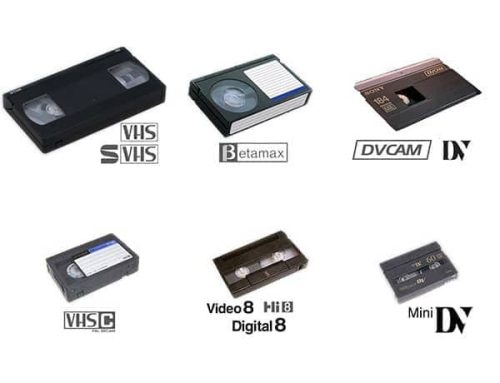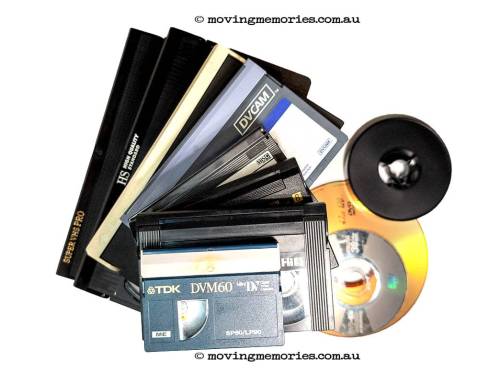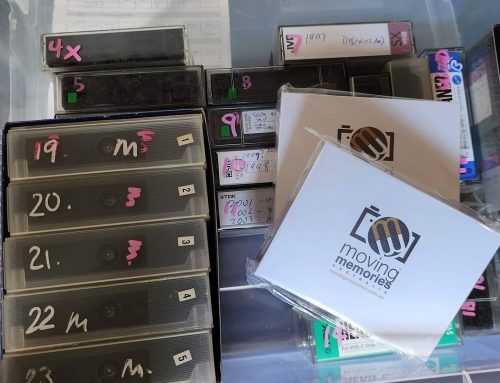Last Updated on 03/04/2025 by Emmanuel Farrugia
The Ultimate Guide to Transferring VHS Video to DVD
With the technological revolution, the preservation of valuable memories on old formats, such as VHS tapes, has become ever more important. Converting VHS video to DVD not only ensures the longevity of your cherished moments but also makes them easily accessible for future generations. This comprehensive guide will walk you through the process, benefits, and best practices for transferring VHS video to DVD.
ON THIS PAGE:
- Why Transfer VHS Video to DVD?
- How to Transfer VHS Video to DVD
- Choices in Hardware
- Tips for a Successful Transfer
- Professional VHS to DVD Transfer Services
- How to Choose a Professional Service
- DIY vs. Professional Transfer: Pros and Cons
- Common Issues and Troubleshooting
- Preserving Your DVD’s
- The Future of VHS to DVD Conversion
- Conclusion
- See What Our Clients Say on Google
- Related Posts
Why Transfer VHS Video to DVD?
1. Preservation of Memories: Wear on VHS tapes will, over time, lead to a decrease in video quality along with the danger of lost data. Compared to other media, DVDs supply a more reliable and steady foundation for content storage over more extended timeframes.
2. Improved Accessibility: Which consist in DVD players, computers, and gaming consoles, DVDs are fit for use on diverse devices. Making it easier to enjoy your videos with family and friends is made possible by this.
3. Enhanced Quality: VHS tapes feature just approximately 240 lines of resolution, whereas DVDs offer excellent resolution resulting in sharp and luscious video experiences.
4. Space Saving: With their smaller design, DVDs help you to conserve physical storage space better than VHS tapes do.
How to Transfer VHS Video to DVD
There are several methods to transfer VHS video to DVD, each with its own set of advantages and disadvantages. Here are the most common methods:
1. Using a DVD Recorder/VCR Combo:
It is among the easiest as well as the most convenient ways of performing the calculation. A DVD recorder/vcr combo enables one to play the VHS tape, and then record it on a DVD at the same time.
Steps:
- A. Insert your VHS tape into the VCR slot of the DVD/Video combo recorder
- B. Turn to the side of the DVD recorder and insert an empty disc.
- C. Press ‘Record’ button on the DVD recorder then ‘Play,’ on the VCR side.
- D. The actual capture of the content of your home video to the format of the DVD will be done live, and will involve the VHS video format.
2. Using a Standalone DVD Recorder and VCR:
If you don’t own a combo unit, you can own a standalone DVD recorder and a standalone VCR as well.
Steps:
- A. Use 3 RCA cables to connect your VCR to the DVD recorder. 1 cable for the video signal and 2 cables for the left and right audio signals.
- B. Push the VHS tape into the VCR and a blank disc into the DVD recorder.
- C. The DVD recorder has to be set to record and ‘Record’ has to be pressed Meanwhile switch on the VCR and press the ‘Play’ button.
- D. The video will be copied from the VHS, to the DVD format.
3. Using a Computer with a Video Capture Device:
Whilst this method is more flexible with settings, it is more complex And you’ll need to know your way around a PCof computer and DVD burner
Steps:
- A. Using video capture equipment, connect the VCR with the computer.
- B. Use the video capture device to capture the necessary programs and conditions under which the software is to be run.
- C. Place the VHS tape in the VCR and start the video capturing program on your computer.
- D. On the VCR type P.L.A.Y and on the software type R.E.C.
- E. After your video has been captured, you have to burn the video to a DVD using some DVD burning software, like Nero.
Choices in Hardware
1. DVD Recorder/VCR Combo: Because of their practicality and user-friendliness, home users tend to prefer such units. Research models that have gotten positive feedback and function dependably.
2. Standalone DVD Recorder: If you currently have a VCR, a separate DVD recorder might be a low-cost solution. Make certain it contains all the needed inputs necessary for linking to your VCR.
3. Video Capture Device: If interactivity is important to you, a video capture device is definitely a good pick. Look into instruments that include video capture capable of high quality and that are operable from your computer.
Tips for a Successful Transfer
1. Clean Your VHS Tapes: Ensure that your VHS tapes are mould free and without dust or debris BEFORE trying transferring them. If it’s necessary, go ahead and use a VHS tape cleaner.
2. Check the Quality: Introduce the VHS tape into a VCR to confirm the quality of the video. Should the tape get ruined or the quality of the video be subpar, then it’s possible to rely on a professional service for the transfer.
3. Use High-Quality DVDs: Purchase high-quality blank DVDs (most likely DVD-R format) to assure greatest possible video quality as well as endurance.
4. Edit the Video: When working with a computer, use video editing software to boost the video before laying it to a DVD. You have the capability to remove unwanted elements, adjust brightness and contrast, and add either titles or captions.
5. Remove Damaged Portions of Your Videotape: If your videotape was stuck in your VCR or if your VHS tape is damaged, wrinkled or cut, you will need to repair it. A damaged tape can also damage your VCR. A video tape splicer will let you cut a clean line removing the damaged portion of your videotape. You can then re-join the VHS tape together with splicing tape. A good splice will allow you to play and rewind as needed to you can transfer your VHS video to DVD.
Professional VHS to DVD Transfer Services
For those who wish someone else to manage the transfer, a range of professional services exist that deal in VHS to digital conversions as well as VHS to DVD transfers. These services offer several advantages:
A. Expertise: Professional services can competently and rapidly execute the transfer process thanks to their specialised expertise and tools.
B. Quality: To secure the best quality videos, they rely on high-quality equipment and materials.
C. Convenience: Just send your VHS tapes to the service provider, and they will work on everything else. This represents an excellent choice for individuals dealing with numerous tapes to migrate.
D. Additional Services: A lot of professional services provide supplementary choices including video editing, unique DVD menus, and digital file formats.
How to Choose a Professional Service
When selecting a professional VHS to DVD transfer service, consider the following factors:
1. Reputation: Its a good idea to look for reviews and feedback from previous customers to judge their degree of service and quality. Google reviews is the ideal place to see this.
2. Services Offered: Make sure that the pro service provider has the particular services you need. Typically, video editing or personalised DVD menus, can be important to many people..
3. Pricing: Compare the prices from several providers to locate a service that suits your financial needs. Remember it’s often not always the cheapest pro service that can deliver the best quality or value for money.
4. Turnaround Time: Ask how long will it take to transfer your VHS videos to DVD. At least some providers might provide accelerated services for an extra charge.
DIY vs. Professional Transfer: Pros and Cons
DIY Transfer:
Pros:
- Can be cost-effective if you have a lot of VHS tapes to do
- Full control over the conversion process
- Opportunity to edit the video to your liking
Cons:
- Very time consuming
- Requires good quality well maintained equipment and technical knowledge
- Risk of damaging tapes or losing quality
Professional Transfer:
Pros:
- High-quality results
- Convenient and time-saving
- Access to additional services like editing, and adding audio/video filters or effects
Cons:
- Can be more expensive
- Less control over the process
- Potential risk of tapes being lost or damaged in transit if they use third party contractors
Common Issues and Troubleshooting
1. Poor Video Quality: If the qulity of your video is poor, check the VHS tape’s condition. Then check the connections between the VCR and the DVD recorder or video capture device. Clean the tape and change the cables or equipment if necessary.
2. Audio Sync Issues: If the audio is out of sync with the video, you may need a time base corrector. Also you can try adjusting the settings on your DVD recorder or video capture software. If your tape is in bad condition this can also cause audio sync issues.
3. DVD Playback Problems: If the DVD does not play properly, ensure it was finalized correctly. Most DVD recorders require you to finalize the disc before it can be played on DVD players. Check you are using the correct DVD format. DVD-R is the most popular but there are others like DVD+R and DVD-RAM. It’s important to make sure your DVD player can read the format you choose.
Preserving Your DVD’s
Once you have successfully transferred your VHS video to DVD, it’s important to take steps to preserve the DVDs:
1. Store Properly: Place DVDs in a cool, dry locale apart from direct sunlight. Keep them in guarded cases to stop scratches and damage.
2. Handle with Care: To keep the DVD surface clear from both fingerprints and smudges, always handle them by their edges.
3. Make Copies: It’s a good idea to make additional copies of your DVDs to have a spare in case something happens to the original copy.
4. Digitise Further: For additional security, it’s a good idea to transform your DVDs into digital files like MP4, and keep those files either on a computer or within a cloud storage system.
The Future of VHS to DVD Conversion
As technology progresses, the future to convert VCR video to digital and VHS to DVD Conversion is advancing. At one time, DVDs were the default solution for archiving previous VHS tapes and other old home media formats, yet their prestige has suffered as digital formats have grown. At present, a great number of individuals inclined to transform VHS into digital files that are storable on USB drives, cloud alternatives, or computers directly. This change is because of the practicality, convenience and endurance of digital storage when it comes to a physical media alternatives.
Moving Memories has had to broaden our services to include several digital formats as a result. USB thumb drives are part of this storage format, which is MP4. In order to fulfil existing customer demands, they are offering cloud storage solutions. These trends have helped many clients to preserve their important memories in the most accessible and tough formats available. How do you think these alterations are going to affect your needs?
Embracing these trends in technology has helped countless clients ensure that those cherished family memories on VHS and other videotapes are preserved in the most accessible and durable formats available. How do you think these changes will impact your needs?
Conclusion
Transferring VHS video to DVD is a valuable way to preserve your precious memories and ensure they can be enjoyed for years to come. And it really doesn’t matter if you prefer to go the DIY way and transfer your VHS videos to DVD yourself or use a pro service like Moving Memories, you should do it ASAP before your VHS tapes deteriorate anymore. Using the tips and guidelines outlined in this guide above will give you the best chance of a successful VHS video to DVD process.
Remember, the process of transferring VHS video to DVD not only safeguards your memories but also makes them more accessible and enjoyable for future generations. So take the opportunity now to preserve those precious family memories that were painstakingly captured years ago.
See What Our Clients Say on Google
Please Review Us on Google
We often hear positive feedback from our clients. And we’d love you to help us share the word about our services. So please click on the icon below and leave us a review on Google.



